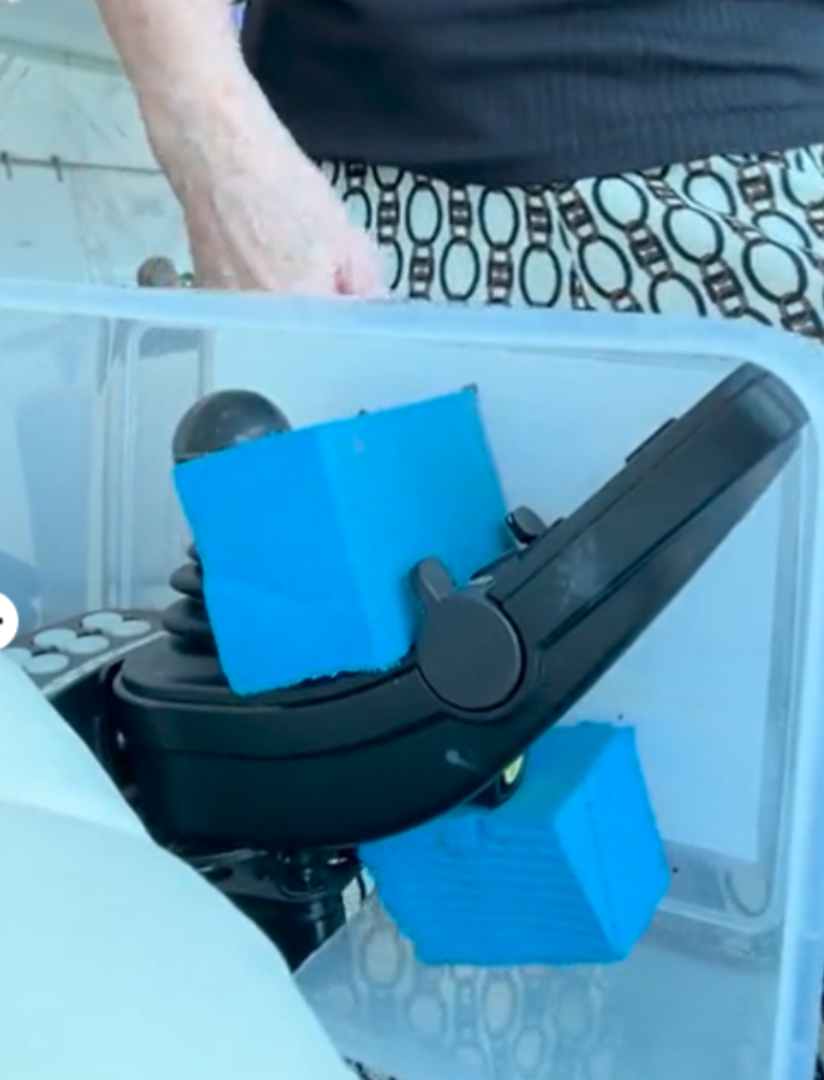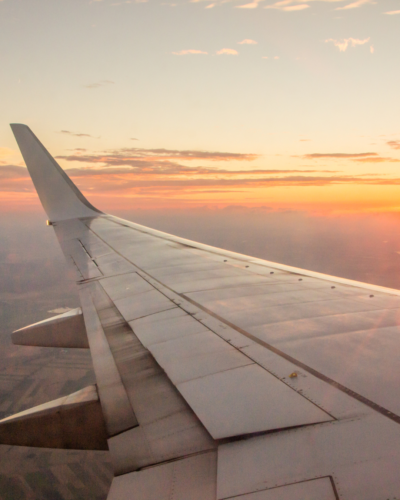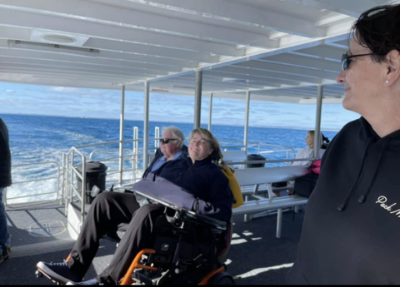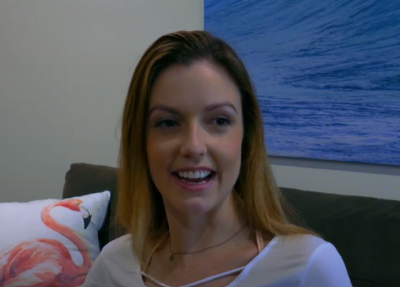Travelling on a plane with a disability
When you have a neuromuscular condition, travelling comes with its own unique set of challenges, especially on a plane. As someone who has travelled regularly between Perth and Melbourne as well as Melbourne and Sydney in the last two years, here are my tips for travelling with a disability.
When you have a neuromuscular condition, travelling comes with its own unique set of challenges, especially on a plane. As someone who has travelled regularly between Perth and Melbourne as well as Melbourne and Sydney in the last two years, here are my tips for travelling with a disability.
For full transparency, I’ve only flown with Qantas as that’s what I’ve always done. Fortunately, being a frequent flyer enables them to have my details on file (even though I still have to repeat every at check-in) and they allow me to take my power wheelchair to the door of the plane.
Medical equipment that I travel with includes my wheelchair (a Permobil M3) and my daytime ventilator which I use on the plane and then my nighttime ventilator, a spare ventilator as well as ventilator batteries in a carry on suitcase. On the plane I’ll use a dining chair/picnic cushion and rugs to prop me up so that I’m comfortable.
Be prepared
In this day and age, travelling with a disability and medical equipment is still harder than it should be, so to remove some stress, I like to be as prepared as possible. When booking the flight (which I have to call up and do due to flying with a support worker), I get them to make a note that I have a wheelchair that isn’t foldable or collapsible (which is especially important when flying on a Boeing 737 when they can only fit one wheelchair on a flight at a time).
As I fly wearing my ventilator, I also fill out a clearance form to send to Qantas beforehand to get clearance to use it on the flight, plus there’s also a “dangerous goods” clearance for my wheelchair and ventilator batteries. For a previous flight, I faced an issue with medical clearance, so I now get my doctor to fill out the Qantas medical clearance form to fly.
And this is all before I even get to the airport!
Print everything off
Once at the airport, due to my wheelchair, I have to check-in at the desk, which does take a little longer than someone who doesn’t have a disability and can just check themselves in. Because of this I do like to arrive early so that I’m not rushing from check-in to the plane.
To make check-in a little bit easier, I have the following things printed off/with me:
E-ticket with itinerary
My wheelchair’s dimensions, weight and battery type
Medical clearance form
Email from special handling that my ventilator as been approved to use on board
My dangerous goods approval
The wheelchair information sheet has received many compliments from Qantas staff, as it makes their job easier when they’re telling the ground/handling crew about my chair. The other information I have on hand just in case it’s not on the system, so I can prove that I’m good to fly.
Protect the wheelchair
I think I can speak for all people with disability when I say that one of our worst nightmares is arriving at our destination only for our wheelchairs to be damaged in some kind of way. To help protect my wheelchair as best I can, I do three things. However, before all of this happens and before I transfer into an aisle chair to get onto the plane, my support worker goes on board to set up my seat so that I’m spending as little time in the aisle chair as possible.
The first one is to attach a sandwich box that my dad modified to fit around my controller (thanks Dad!). It protects the controller, joystick and control panel. On the outside of the box it also has the wheelchair details again, as well as instructions on how to put the chair in and out of manual, the fact that nothing is bendable or collapsable (this is bolded and highlighted) plus my contact details. This information is then all repeated in the second thing I do, which is attach a sign that gets cable tied to the back of my chair.


Lastly, I’ll switch the power off at the back of the wheelchair and strap up my footage plate so that it’s in its upright position. This prevents anything from possibly being put on the footplate and keeps the wheelchair a bit more compact with nothing sticking out beyond the base.
When flying on a Boeing 737, to ensure my wheelchair fits on the baggage hole, I’ll take the backrest cushion off and backrest plate out (which then comes on board with me) and recline the chair so that the backrest is low enough.
And then I’m good to go! One last sneaky tip is that I have an Apple air tag in my wheelchair so that I can track it and ensure that it’s with me when we land.
One day I hope people with disability will be able to travel in our wheelchairs, but until that happens, these are my tips for travelling with a disability!

Have advice, 'how to' guides or a story you want to share? We want to hear from you!
You can submit your story or guide via our form. Provided your content meets our content requirements, your post will be published by a Loop moderator to the Living Life section.
Share your story



Join the conversation